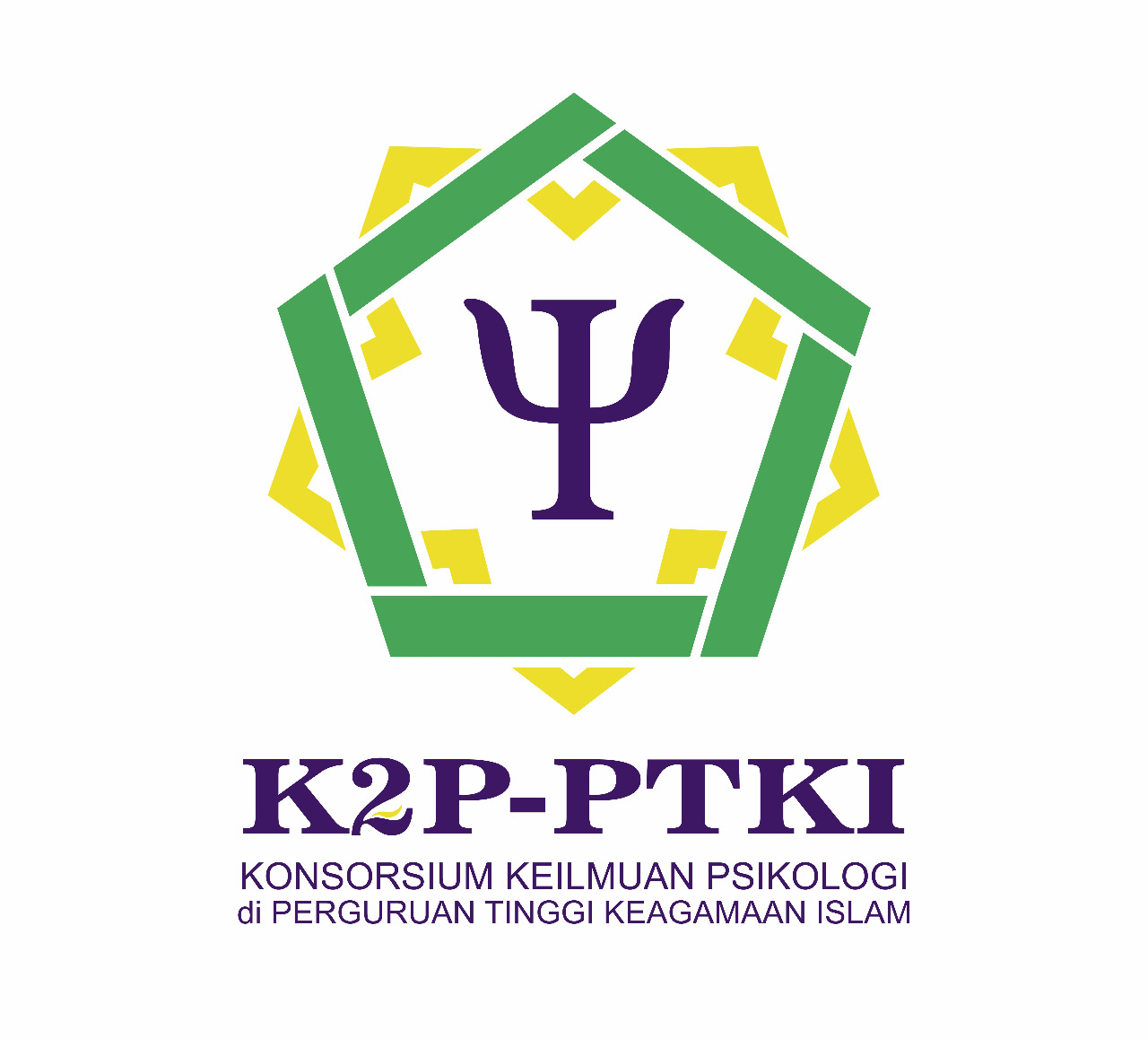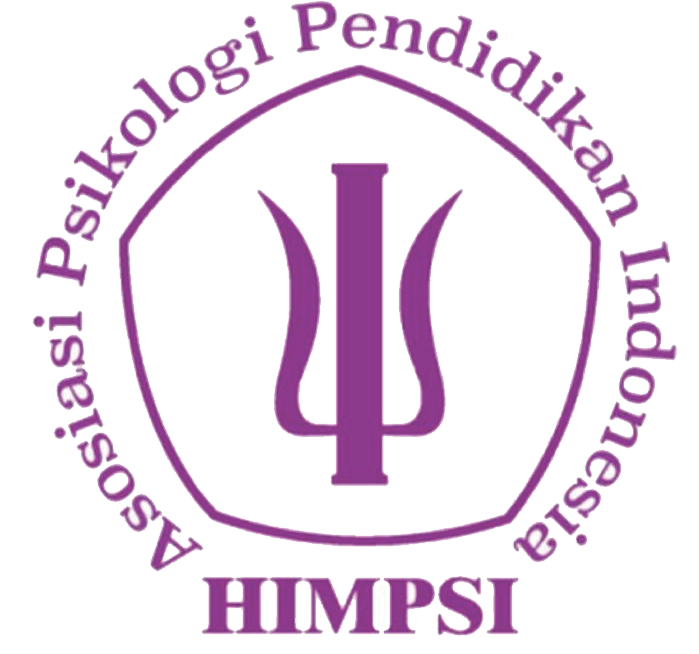COVID-19 Anxiety: Evidence of Hopelessness and Death Anxiety as Psychological Factors from a South Asian Nation
Abstract
People with a fear of catching the coronavirus experienced unusually high levels of concern, leading to panic, death anxiety, hopelessness, social withdrawal, and various psychological problems. The present study aimed to investigate whether young people in Bangladesh suffer from death anxiety and hopelessness and whether these psychological factors correlate with the enhancement of coronavirus anxiety. Additionally, to assess the extent to which death anxiety and a sense of hopelessness can explain individual differences in coronavirus anxiety. A total of 592 young adults took part in the online survey, in which measures of coronavirus anxiety, death anxiety, and hopelessness were used. This study provides an in-depth understanding of the fear of contracting COVID-19 and coronavirus anxiety in individuals in terms of death anxiety and hopelessness. All three variables showed a significant positive correlation among them. The regression analysis identified psychological variables such as death anxiety and hopelessness as the most significant predictors of coronavirus anxiety in this study, accounting for 58.9% of the variability in coronavirus anxiety. Ultimately, this research is necessary to ensure that individuals, families, and communities are prepared to cope with the mental and physical health effects of a pandemic or a similar scenario in the future.
Full Text:
PDFReferences
Adhikari, S. P., Meng, S., Wu, Y. J., Mao, Y. P., Ye, R. X., Wang, Q. Z., Sun, C., Sylvia, S., Rozelle, S., Raat, H., & Zhou, H. (2020). Epidemiology, causes, clinical manifestation and diagnosis, prevention and control of coronavirus disease (COVID-19) during the early outbreak period: a scoping review. Infectious Diseases of Poverty, 9(1), 29. https://doi.org/10.1186/s40249-020-00646-x
Ahmed, O., Faisal, R. A., Sharker, T., Lee, S. A., & Jobe, M. C. (2022). Adaptation of the bangla version of the covid-19 anxiety scale. International Journal of Mental Health and Addiction, 20(1), 284–295.https://doi.org/10.1007/s11469-020-00357-2
Ahorsu, D. K., Lin, C. Y., Imani, V., Saffari, M., Griffiths, M. D., & Pakpour, A. H. (2022). The fear of covid-19 scale: Development and initial validation. International Journal of Mental Health and Addiction, 20(3), 1537–1545.https://doi.org/10.1007/s11469-020-00270-8
Amjad, A. (2014). Death anxiety as a function of age and religiosity. Journal of Applied Environmental and Biological Sciences 4 (9S), 333-341.
Arslantas, D., Unsal, A., Metintas, S., Koc, F., & Arslantas, A. (2009). Life quality and daily life activities of elderly people in rural areas, Eskişehir (Turkey). Archives of Gerontology and Geriatrics, 48(2), 127–131.https://doi.org/10.1016/j.archger.2007.11.005
Bakul, F., & Karmaker, C. (2022). Future thinking pattern of university students during covid 19: Do emotion regulation and perceived interpersonal support relate with it? International Journal of Mental Health Psychiatry 8 (1). Retrieved fromhttps://www.scitechnol.com/peer-review/future-thinking-pattern-of-university-students-during-covid-19--do-emotion-regulation-and-perceived-interpersonal-support-relate-w-pTex.php?article_id=18006
Bakul, F., & Heanoy, E. Z. (2021). Emotion regulation and psychological impact of covid-19 among post-graduate university students. International Journal of Indian Psychology, 9(4), 1-11. Retrieved fromhttps://www.researchgate.net/publication/356038524_Emotion_Regulation_and_Psychological_Impact_of_COVID-19_among_Post-Graduate_University_Students?enrichId=rgreq-15c632da3e492a3be66174114128ac2a-XXX&enrichSource=Y292ZXJQYWdlOzM1NjAzODUyNDtBUzoxMDg4MTQ5NzE1NDYwMTAwQDE2MzY0NDY1MTc1MTc%3D&el=1_x_3&_esc=publicationCoverPdf
Bakul, F., & Heanoy, E. Z. (2022). Impact of COVID-19 anxiety on loneliness and sleep quality of students and professionals in Bangladesh. Acta Psychologica, 230, 103759. https://doi.org/10.1016/j.actpsy.2022.103759
Beck, A.T. Beck hopelessness scale. The Psychological Corporation 1988, San Antonio.
Bodner, E., Shrira, A., Bergman, Y. S., Cohen-Fridel, S., & Grossman, E. S. (2015). The interaction between aging and death anxieties predicts ageism. Personality and Individual Differences, 86, 15–19.https://doi.org/10.1016/j.paid.2015.05.022
Bukhari, E. E., Temsah, M. H., Aleyadhy, A. A., Alrabiaa, A. A., Alhboob, A. A., Jamal, A. A., & Binsaeed, A. A. (2016). Middle East respiratory syndrome coronavirus (MERS-CoV) outbreak perceptions of risk and stress evaluation in nurses. Journal of Infection in Developing Countries, 10(8), 845–850.https://doi.org/10.3855/jidc.6925
Cicirelli V. G. (2006). Fear of death in mid-old age. The Journals of Gerontology. Series B, Psychological Sciences and Social Sciences, 61(2), 75–81.https://doi.org/10.1093/geronb/61.2.p75
Erikson, E. H. (1950). Childhood and society. W W Norton & Co.
Gillespie, B. M., Walker, R. M., Latimer, S. L., Thalib, L., Whitty, J. A., McInnes, E., & Chaboyer, W. P. (2020). Repositioning for pressure injury prevention in adults. The Cochrane Database of Systematic Reviews, 6(6), CD009958.https://doi.org/10.1002/14651858.CD009958.pub3
Graham-Engeland, J. E., Sin, N. L., Smyth, J. M., Jones, D. R., Knight, E. L., Sliwinski, M. J., Almeida, D. M., Katz, M. J., Lipton, R. B., & Engeland, C. G. (2018). Negative and positive affect as predictors of inflammation: Timing matters. Brain, Behavior, and Immunity, 74, 222–230.https://doi.org/10.1016/j.bbi.2018.09.011
Greenberg, J., Pyszczynski, T., & Solomon, S. (1986). The causes and consequences of a need for self-esteem: A terror management theory. In R. F. Baumeister (Ed.), Public Self and Private Self (pp. 189-212). Springer.
Guan, W. J., & Zhong, N. S. (2020). Clinical characteristics of covid-19 in china. Reply. The New England Journal of Medicine, 382(19), 1861–1862.https://doi.org/10.1056/NEJMc2005203
Huang, C., Wang, Y., Li, X., Ren, L., Zhao, J., Hu, Y., Zhang, L., Fan, G., Xu, J., Gu, X., Cheng, Z., Yu, T., Xia, J., Wei, Y., Wu, W., Xie, X., Yin, W., Li, H., Liu, M., Xiao, Y., … Cao, B. (2020). Clinical features of patients infected with 2019 novel coronavirus in Wuhan, China. Lancet , 395(10223), 497–506.https://doi.org/10.1016/S0140-6736(20)30183-5
Institute of Epidemiology Disease Control and Research. (2020). Institute of Epidemiology Disease Control and Research. Bangladesh Covid-19 Update.https://www.iedcr.gov.bd
Mamun, M. A., Sakib, N., Gozal, D., Bhuiyan, A. I., Hossain, S., Bodrud-Doza, M., Al Mamun, F., Hosen, I., Safiq, M. B., Abdullah, A. H., Sarker, M. A., Rayhan, I., Sikder, M. T., Muhit, M., Lin, C. Y., Griffiths, M. D., & Pakpour, A. H. (2021). The COVID-19 pandemic and serious psychological consequences in Bangladesh: A population-based nationwide study. Journal of Affective Disorders, 279, 462–472.https://doi.org/10.1016/j.jad.2020.10.036
Lazarus, R. S., & Folkman, S. (1984). Stress, appraisal, and coping. Springer Publishing Company.
Lee, C. M., Cadigan, J. M., & Rhew, I. C. (2020). Increases in loneliness among young adults during the covid-19 pandemic and association with increases in mental health problems. The Journal of Adolescent Health: official publication of the Society for Adolescent Medicine, 67(5), 714–717.https://doi.org/10.1016/j.jadohealth.2020.08.009
Li, J. B., Yang, A., Dou, K., Wang, L. X., Zhang, M. C., & Lin, X. Q. (2020). Chinese public's knowledge, perceived severity, and perceived controllability of COVID-19 and their associations with emotional and behavioural reactions, social participation, and precautionary behaviour: A national survey. BMC Public Health, 20(1), 1589.https://doi.org/10.1186/s12889-020-09695-1
Liu, M., Caputi, T. L., Dredze, M., Kesselheim, A. S., & Ayers, J. W. (2020). Internet searches for unproven covid-19 therapies in the united states. JAMA Internal Medicine, 180(8), 1116–1118.https://doi.org/10.1001/jamainternmed.2020.1764
Lo, C., Hales, S., Zimmermann, C., Gagliese, L., Rydall, A., & Rodin, G. (2011). Measuring death-related anxiety in advanced cancer: Preliminary psychometrics of the death and dying distress scale. Journal of Pediatric Hematology/Oncology, 33(2), S140–S145.https://doi.org/10.1097/MPH.0b013e318230e1fd
Maxfield, M., Solomon, S., Pyszczynski, T., & Greenberg, J. (2010). Mortality salience effects on the life expectancy estimates of older adults as a function of neuroticism. Journal of Aging Research, 2010, 260123.https://doi.org/10.4061/2010/260123
Menzies, R. E., & Dar-Nimrod, I. (2017). Death anxiety and its relationship with obsessive-compulsive disorder. Journal of Abnormal Psychology, 126(4), 367–377.https://doi.org/10.1037/abn0000263
Nyatanga, B ., & de Vocht , H . (2006). Towards a definition of death anxiety. Journal of Palliative Nursing, 12, 410-413.https://doi.org/10.12968/ijpn.2006.12.9.21868
Orellana, C. I., & Orellana, L. M. (2020). Predictors of emotional symptoms during residential lockdown due to the covid-19 pandemic in el salvador. Actualidades En Psicología, 34(128), 103–120.https://doi.org/10.15517/ap.v34i128.41431
Pakpour, A. H., & Griffiths, M. D. (2020). The fear of COVID-19 and its role in preventive behaviors. Journal of Concurrent Disorders, 2, 58–63http://irep.ntu.ac.uk/id/eprint/39561/.
Reliefweb (2022). COVID-19 impacts in bangladesh nationwide survey on livelihoods, nutrition, education and health. Retrieved from
Reynolds, D. L., Garay, J. R., Deamond, S. L., Moran, M. K., Gold, W., & Styra, R. (2008). Understanding, compliance and psychological impact of the SARS quarantine experience. Epidemiology and infection, 136(7), 997–1007.https://doi.org/10.1017/S0950268807009156
Roberts, A., Rogers, J., Mason, R., Siriwardena, A. N., Hogue, T., Whitley, G. A., & Law, G. R. (2021). Alcohol and other substance use during the COVID-19 pandemic: A systematic review. Drug and alcohol dependence, 229(Pt A), 109150.https://doi.org/10.1016/j.drugalcdep.2021.109150
Roussel, Y., Giraud-Gatineau, A., Jimeno, M. T., Rolain, J. M., Zandotti, C., Colson, P., & Raoult, D. (2020). SARS-CoV-2: fear versus data. International Journal of Antimicrobial Agents, 55(5), 105947.https://doi.org/10.1016/j.ijantimicag.2020.105947
Saricali, M., Satici, S. A., Satici, B., Gocet-Tekin, E., & Griffiths, M. D. (2022). Fear of COVID-19, mindfulness, humor, and hopelessness: A multiple mediation analysis. International journal of mental health and addiction, 20(4), 2151–2164.
Templer, D. I. (1970). The construction and validation of a death anxiety scale. The Journal of General Psychology, 82,165–177.https://doi.org/10.1080/00221309.1970.9920634
Triandis, H. C. (1995). Individualism & Collectivism. Westview Press.
Tomer, J. F. (1992). The human firm in the natural environment: A socio-economic analysis of its behavior. Ecological Economics, 6(2), 119-138.https://doi.org/10.1016/0921-8009(92)90009-H
Wang, Y., Shi, L., Que, J., Lu, Q., Liu, L., Lu, Z., Xu, Y., Liu, J., Sun, Y., Meng, S., Yuan, K., Ran, M., Lu, L., Bao, Y., & Shi, J. (2021). The impact of quarantine on mental health status among general population in China during the COVID-19 pandemic. Molecular Psychiatry, 26(9), 4813–4822.https://doi.org/10.1038/s41380-021-01019-y
Wan S. H. (2020). Life and death, hope and despair in the era of coronavirus disease 2019. JAMA Cardiology, 5(9), 985.https://doi.org/10.1001/jamacardio.2020.2420
Yalom, I. D. (2008). Staring at the sun: Overcoming the terror of death. The Humanistic Psychologist, 36(3-4), 283–297.https://doi.org/10.1080/08873260802350006
World Health Organization. (2020). Bangladesh Situation. Retrieved fromhttps://covid19.who.int/region/searo/country/bdDOI: https://doi.org/10.18860/psikoislamika.v20i2.22329

This work is licensed under a Creative Commons Attribution-NonCommercial-ShareAlike 4.0 International License.


.jpg)


.jpg)